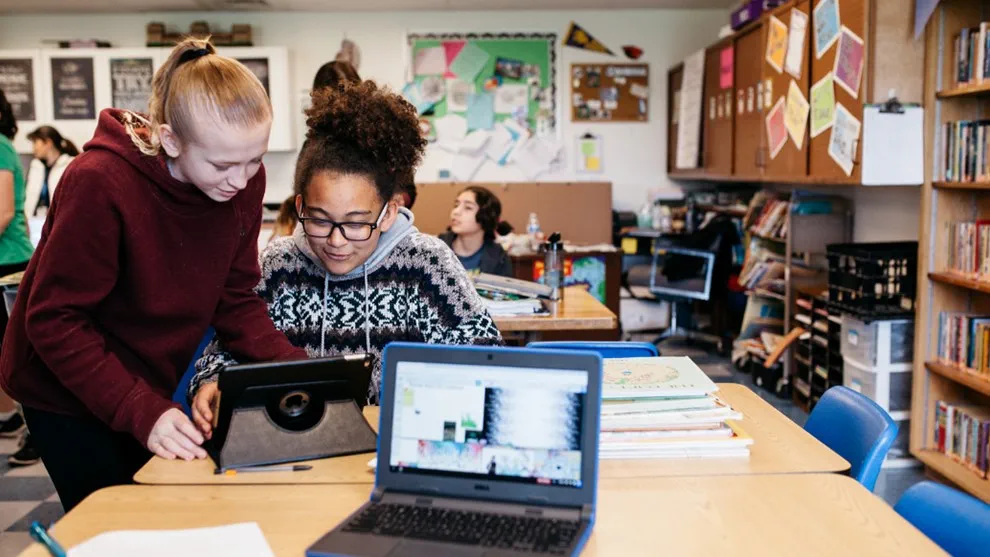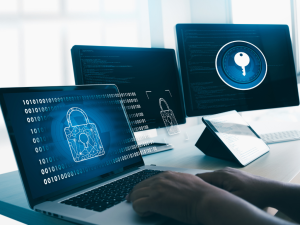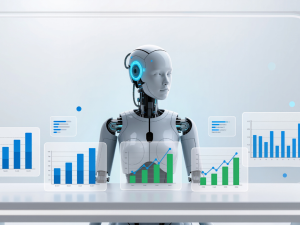Academic success has long been the benchmark of education systems worldwide. Grades, test scores, and career outcomes dominate conversations about learning. Yet, as mental health challenges among students rise and the need for well-rounded skills becomes clearer, schools are realizing that academics alone aren’t enough. Social-emotional learning (SEL) the ability to manage emotions, build healthy relationships, and develop resilience is just as vital.
But here’s the catch: despite its importance, only about 2% of schools globally have adopted SEL-focused EdTech tools. That number is startlingly low, especially when student well-being is now directly linked to performance, engagement, and future readiness. The question isn’t whether SEL belongs in education, it’s why adoption has been so slow, and what it will take to catch up.
The Growing Case for SEL in Education
SEL isn’t just about “soft skills.” Research shows students who engage in SEL programs perform better academically, show reduced behavioral problems, and report higher levels of well-being. In fact, the Collaborative for Academic, Social, and Emotional Learning (CASEL) found that SEL interventions can boost academic performance by up to 11 percentile points.
In today’s classrooms, SEL takes on even greater urgency:
- Mental health crisis among students: Rates of anxiety, depression, and stress are higher than ever. SEL gives students tools to manage these challenges.
- Future workforce demands: Employers increasingly value emotional intelligence, adaptability, and collaboration skills SEL directly develops.
- Post-pandemic learning gaps: After years of disruption, many students struggle with focus, motivation, and socialization. SEL helps rebuild these foundations.
EdTech tools designed for SEL can make these interventions more consistent, accessible, and data-driven. From apps that guide mindfulness exercises to platforms tracking emotional check-ins, the digital wave could finally bring SEL to scale.
Why Only 2% Adoption?
If SEL is so impactful, why are schools hesitating? Several barriers stand in the way:
- Funding priorities
Schools still allocate most budgets toward core subjects, test prep, and traditional academic tools. SEL is often treated as a “nice-to-have” rather than an essential. - Measurability concerns
Unlike math scores or reading fluency, SEL growth is harder to quantify. Administrators are cautious about investing in programs without clear metrics. - Teacher training gaps
Many educators feel unprepared to integrate SEL into lessons, let alone manage new tech tools designed for it. Without support, adoption stalls. - Stigma and misconceptions
Some still view SEL as “emotional babysitting” rather than skill-building. This perception slows buy-in, particularly in high-stakes academic environments.
The result? Even as SEL gains headlines, its EdTech solutions remain underutilized.
What SEL EdTech Looks Like in Practice
For the few schools that have embraced it, SEL EdTech is showing real promise. Tools in this space typically fall into three categories:
- Mindfulness and emotional regulation apps
Platforms like Headspace for Education guide students through breathing exercises and reflection activities, helping them build calm and focus. - Emotional check-in tools
Apps like Mood Meter allow students to log how they’re feeling daily, giving teachers insight into class-wide well-being and trends. - Collaborative learning platforms
Tools that gamify teamwork or communication encourage empathy, cooperation, and conflict resolution skills.
These tools don’t replace teachers, they augment their ability to support students at scale. By embedding SEL into the digital ecosystem, schools can normalize well-being alongside academics.
The Global Shift Toward SEL
Globally, momentum is building. Countries like Finland and Singapore are already integrating SEL into national curriculums, often supported by EdTech tools. In the U.S., districts are beginning to allocate federal funds toward SEL initiatives post-pandemic.
Investors are also paying attention. EdTech startups in the SEL space raised over $700 million between 2020–2023, signaling growing recognition of its importance. Still, the gap between innovation and adoption remains wide.
Students Are Asking for It
Perhaps the strongest case for SEL EdTech comes from students themselves. Surveys show that young learners increasingly want schools to support their emotional needs, not just their academic progress. In one study, 80% of students said learning how to manage stress and relationships was as important as learning math and science.
Gen Z and Gen Alpha, who are digital natives, also expect solutions to be tech-driven. Integrating SEL through apps, gamified platforms, and AI-driven tools aligns with how they already interact with technology in their daily lives.
The Road Ahead: Making SEL Non-Negotiable
For SEL EdTech to move beyond its 2% adoption rate, three shifts are necessary:
- Reframe SEL as essential, not optional
Student well-being should be considered as vital as academic achievement. Districts and ministries of education must embed SEL into standards and budgets. - Support teachers in implementation
Training programs and easy-to-use platforms will help educators feel confident integrating SEL. The technology should assist, not overwhelm. - Develop better metrics
Tools that track emotional growth, resilience, and engagement can reassure administrators that SEL progress is measurable.
When SEL becomes part of the daily classroom routine supported by EdTech schools will finally bridge the gap between academic learning and human development.
Conclusion: Beyond Grades, Toward Growth
Education in 2025 is at a crossroads. While schools have embraced technology for academics at scale, they’ve been far slower to adopt tools that address students’ social and emotional needs. With only 2% of schools using SEL EdTech, the opportunity gap is clear.
But as research, student voices, and workforce trends converge, the case for SEL is undeniable. Schools that prioritize it now and leverage EdTech to deliver it effectively will graduate not just knowledgeable students, but resilient, empathetic, and future-ready individuals.
The future of learning won’t be defined solely by how well students perform on tests. It will be defined by how prepared they are to thrive in a world that demands both intelligence and emotional strength. SEL, and the technology supporting it, is how we get there.






